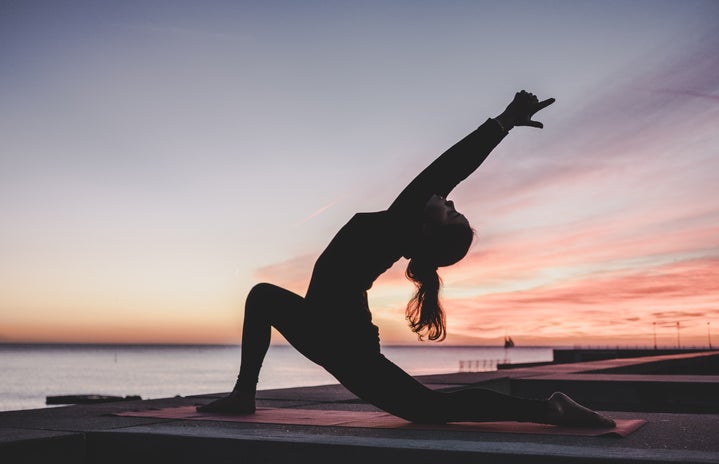According to Healthline.com, foam rollers help to relieve muscle tightness, soreness and inflammation, as well as expanding your joint range of motion. Also known as myofascial release, foam rolling eases tension and tightness in certain muscles.
You can foam roll muscles including your hamstrings, quadriceps, calves and upper back.
Foam rollers are very popular among gym-goers and those suffering from back pain. A foam roller is a hard foam cylinder, and they come in many different sizes and textures.
There’s different types of foam rollers on the market, including smooth rollers, textured rollers, foam-covered massage sticks and foam massage balls. Rollers also have different densities, from low density to medium density to firm.
It’s recommended that you start off with a low-density foam roller, as at first, it can be painful. You can even wrap a towel around the roller to make it more comfortable until you get used to it.
You can buy the Body Sculpture foam roller on Elverys.ie for €15, or the Hit Fitness foam roller on mcsport.ie for €12.50.
Many gyms have specific classes focused on foam rolling, ensuring that people stretch their muscles properly after exercising.
According to MyFitnessPal, it’s best to foam roll before working out as it will relax your muscles and improve mobility. However, stretching after your workout as well is even better as it will reduce any muscular pain.
There’s lots of helpful articles and videos online that go through different roller exercises. To roll your hamstrings, Healthline.com advises you sit on the floor with your legs out straight and place the roller under your hamstrings. Next, lift your body up and slowly roll backwards and forwards between the back of your knees and your glutes, making sure to pause on tense spots.
Foam rolling can be helpful for people who have scoliosis, which is a sideways curvature of the spine. Foam rollers can assist people with scoliosis in stretching their weaker side, as well as easing pain through massage with the roller.
To foam roll your upper back, lie on your back and place the foam roller horizontally at the middle of your back. Lift your hips off the floor and place your hands behind your ears or in a cross shape across your chest.
Next, gently push through your heels so the roller moves up to your shoulder blades, repeating this motion several times. When you find a sore point, hold the position for at least 30 seconds until the tension eases.
Although foam rolling is generally considered safe, there are some things to keep in mind. Remember to never foam roll your lower back as it can cause injuries. You should never roll small joints, such as your knees, elbows and ankles. Of course, never foam roll over injuries. Remember to always stretch after foam rolling.
Foam rolling is a great, affordable addition to your workout routine. The importance of stretching properly when working out is often overlooked, but it’s essential to avoid injury.


